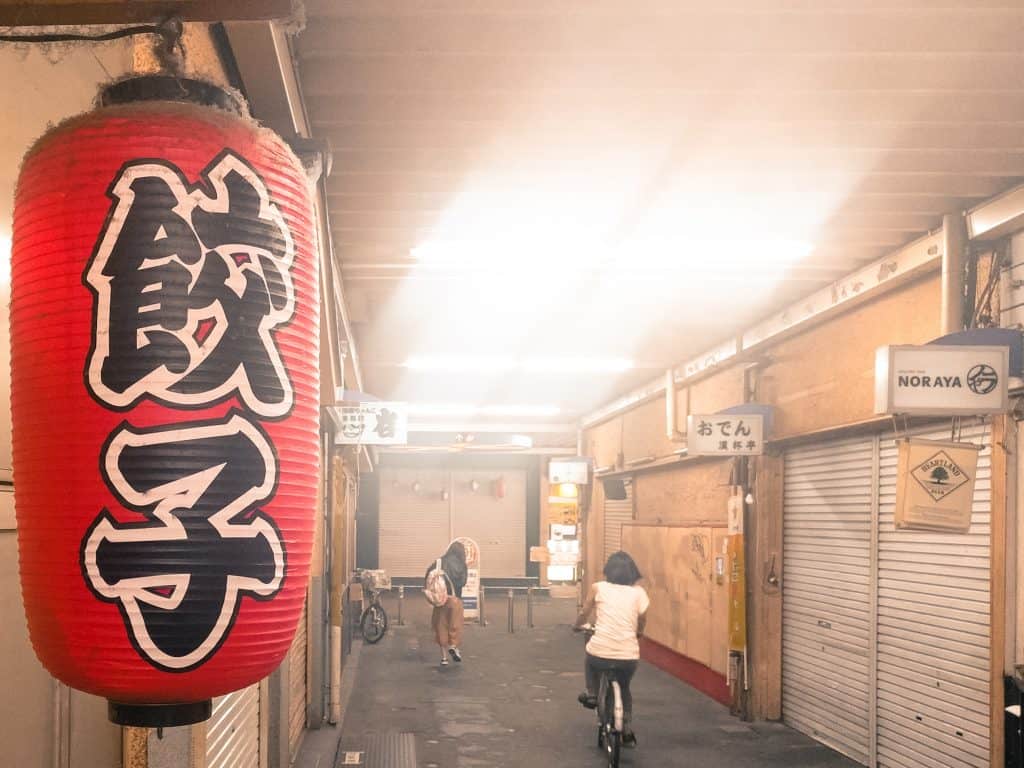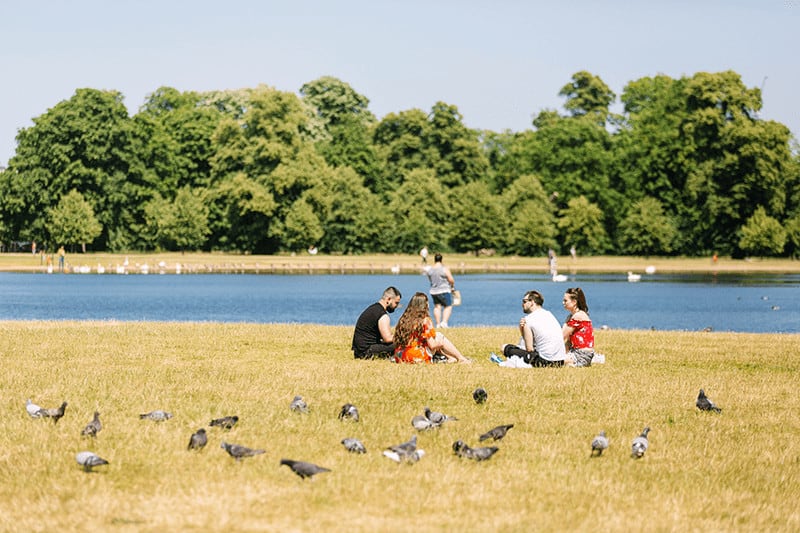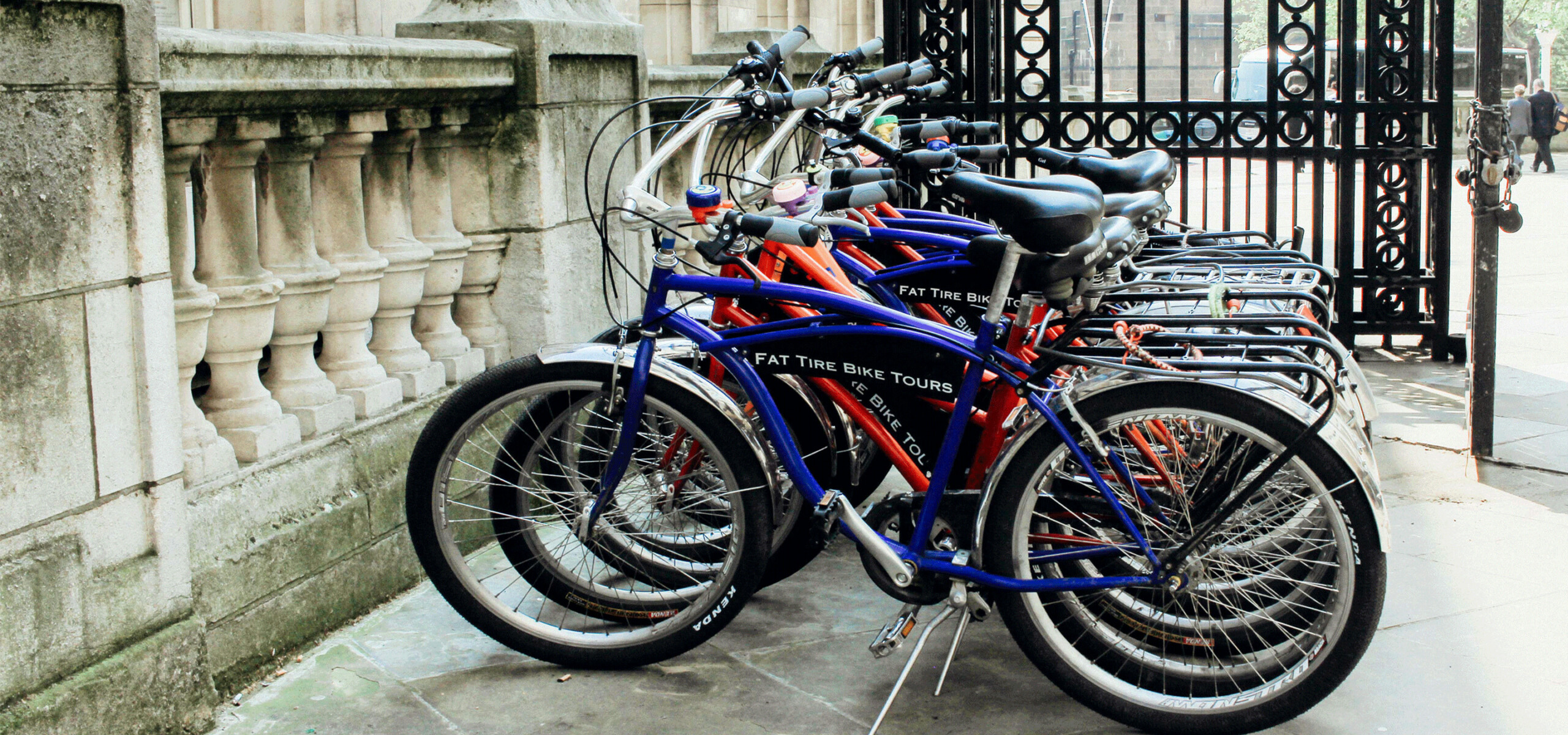Walking around Berlin you may have noticed funny looking traffic light symbols, known here as the Ampelmann (traffic light man). The Ampelmann was actually born in Berlin, or rather in East Berlin.
By Mariette Rough, Segway guide and pedestrian lights observer.
He was created in October 1961, just a couple of months after the wall was erected. In response to growing discourse over a particularly high traffic accident rate. The traffic psychologist a la temp was Karl Peglau, he introduced the first pedestrian traffic signals to the GDR. Up until this point there were vehicles-only traffic lights but nothing for the lowly walkers. The Ampelmann was designed as such, fat and cute, to stand out to visually-impaired pedestrians, as well as for the fact that road-users tend to react quicker to appealing symbols.
Apparently Peglau had some issues at first with how to style the Ampelmann’s hair, the side parting having been rejected for looking a little ‘too Hitler-like’.
The Ampelmann was loved by one and all. So much so that in 1982 a director named Friedrich Rochow started casting them as guardian angels in his road safety films for kids. The animated form of the Ampelmann offered advice in hazardous situations. The children even received Ampelmann badges and key chains when they exhibited good road safety knowledge.
How he survived the end of the Cold War
As the country was reunified and Berlin was once again made the capital, many proponents of East German life started to disappear. The reunified government decided to swap out the Ampelmann in favour of his more serious and svelte West traffic light man cousin. Basically hoping to eradicate one element of the physical division of the city.
In 1996 an industrial designer called Heckhausen (great name) adopted the little dudes and starting making lamps from the original traffic lights which had been taken down. The media caught wind of this and the old East Germans realised they didn’t really want to eradicate every remaining symbol of East German daily life.
Saved in a very Germany manner
Of course there were many things that old East Germans were keen to get rid of from GDR; death strips, trabants and a serious lack of bananas, but the Ampelmann was not one of them. Being Germany, a committee to protect the Ampelmann was set up and protected he was. The Ampelmann today tends to be found on secondary roads and municipal streets. In accordance with the Traffic Signals Directive he is not allowed on main roads. There are even some roads in old West German towns which have the East German Ampelmann. Meaning he is not a good indicator of which side you are on.
In 2004 the people called for an Ampelfrau to be introduced, which she has been around the country. Equal rights in traffic lights!
We have three shops in Berlin selling Ampelmann merchandise, everything from pasta and footballs to umbrellas. There has been some serious capitalisation of our little communist friend.



